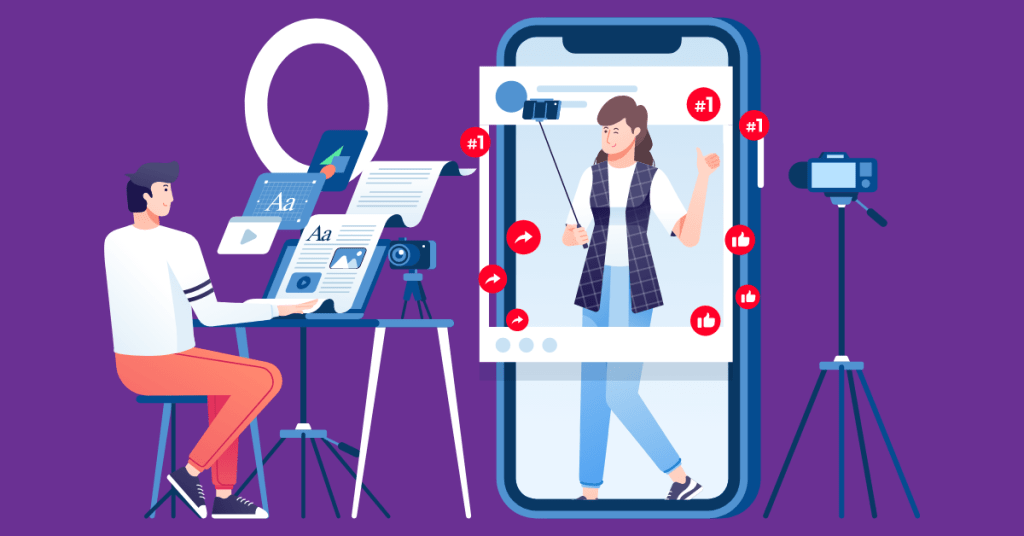Nowadays, you can never be too cautious when using the internet.
Millions of websites are on the Internet, and billions of people are surfing them.
Social media is a platform where anyone can share almost anything and market it however they desire and to whoever they desire.
Because social media is a combined space and hosts billions of users, it can be quite difficult to create and manage content on it.
Millions of posts online on social media include areas such as fashion and lifestyle, food and health, and cover almost everything.
So, this makes it quite hard to create content that is completely unique.
Here is How you can Avoid Plagiarism On Social Media?
Social media is a great place to share information and get feedback from your readers, but it can also be a place where plagiarism is not uncommon.
In order to avoid plagiarism, we must first get a deeper insight into what it exactly is and how many forms it exists in.
What is plagiarism, and what are its types!?
The act of using another person’s work without giving credit to the author (in this case, in an article, letter, review, essay, blog, etc.) is known as plagiarism.
There are a few different types of plagiarism, some of which are more serious than others.
Examples can go from paraphrasing another person’s words without giving them due credit to straight out stealing an entire piece of work.
The four categories into which we subcategorize plagiarism are self-plagiarism, partial, open, and hidden.
Self Plagiarism
Self-plagiarism, as the name says, is the type of plagiarism that happens when you copy and reuse your own work that you previously did.
Students are frequently influenced by their own work and may even sometimes reuse it.
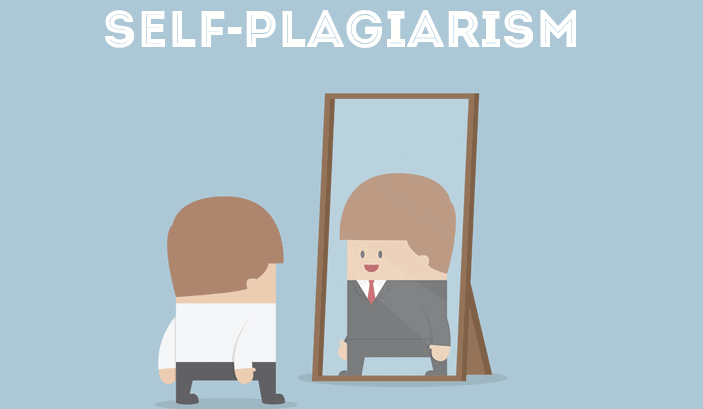
Many students frequently partake in some form of self-plagiarism when writing academic essays and other types of writing.
The same also happens with writers who may reuse some phrases or certain terms that they usually do.
Hidden Plagiarism
Another form of plagiarism is known as covert or hidden plagiarism, which involves taking credit for a piece of writing by someone else without giving proper credit.
Open or Direct Plagiarism
Direct plagiarism occurs when a writer copies large portions of another source virtually exactly in their own work.
Even though the writer cuts out some lines from the original, they nevertheless try to claim ownership of someone else’s words and ideas.
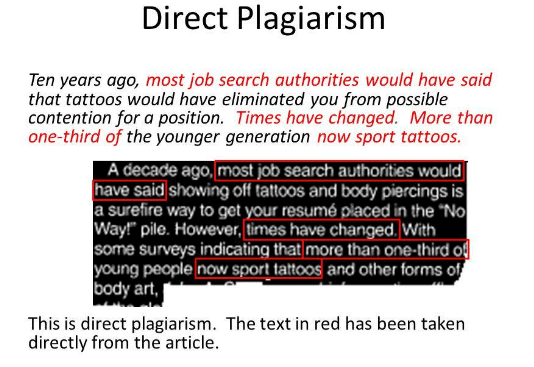
No quotation marks are used in the work to separate the author’s words from those taken from the original source, and there are no citations to show where the author got the information from.
So, in simple words, it is the completely unaccredited use of someone else’s work as your own.
Partial/Patch Plagiarism
Partial plagiarism is the process of combining different elements from different sources to create your content without, of course, mentioning and crediting any of those sources.
How to avoid plagiarism, different methods, and tactics.
What are some effective ways to reduce this undesirable situation yourself?
Here are a few.
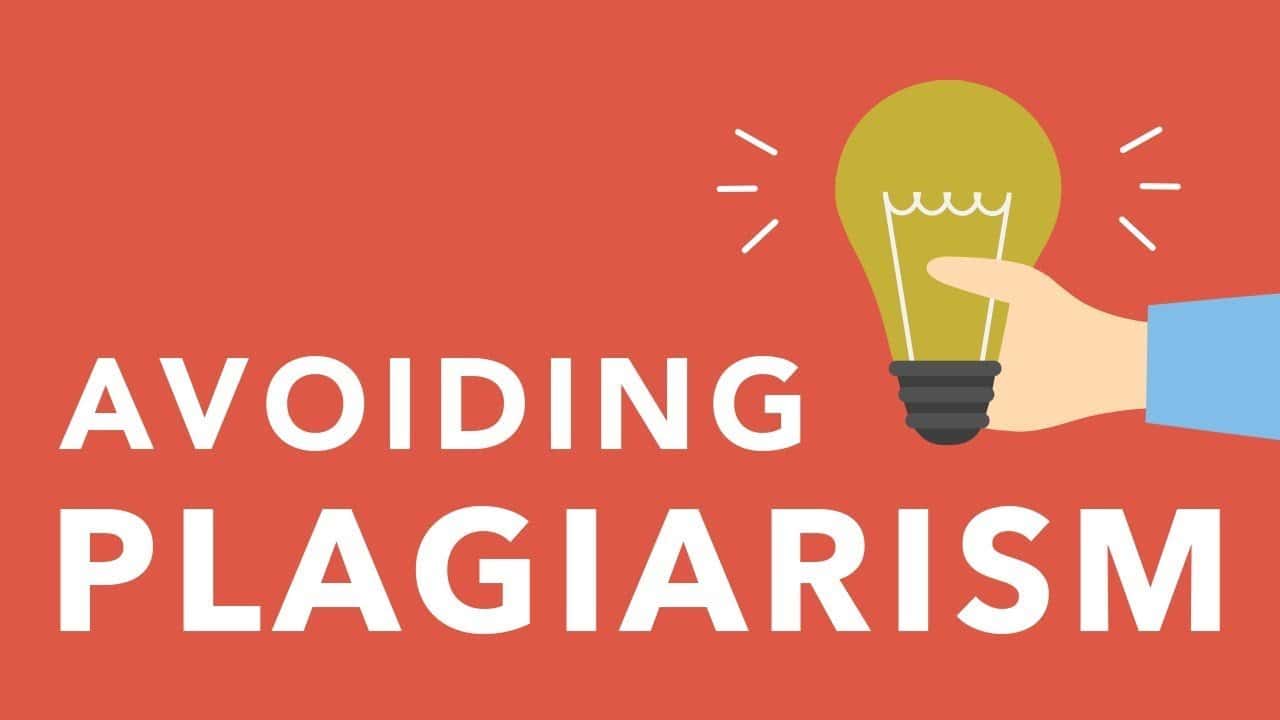
Use a paraphrasing tool.
What does a paraphrasing tool do, and what is it used for?
This process is known as paraphrasing, rewriting, rephrasing, or rewording.
It includes paraphrasing or rewording a piece of written content to change its context, style, tone, overall look, etc.
Paraphrasing has existed for quite some time but has recently been automated and made easy to use.
It can be used for a number of reasons, including refining any piece of content, simplifying and making something easy to understand, and/or summarizing and shortening.
A paraphraser tool essentially rewrites your content to make it more refined and unique.
You can use it if you have a blog, social media account, or website and want to rewrite your old articles or posts and revise content.
They help people communicate in a simpler and easier manner and, among other things, make sure that everyone understands even the most complex things.
The rephraser tool uses the best and most complete language dictionary, so it can find nearly all the other words that mean the same thing as the common ones.
The content can be easily rephrased using a paraphrasing tool to avoid plagiarism. Tools like the SEO Magnifier Plagiarism Changer are particularly effective for ensuring unique and plagiarism-free content while maintaining the original meaning.
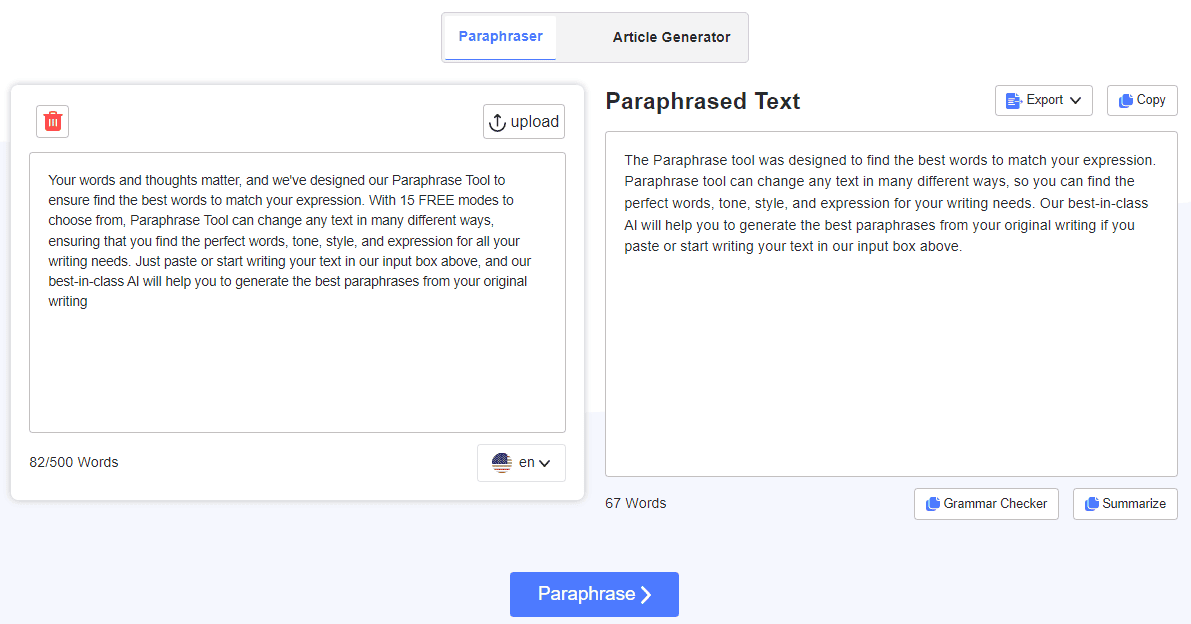
Users can avoid plagiarism by using synonyms, paraphrasing, and changing the original words while maintaining their meaning.
In most cases, expressing all the information in your own words and style is necessary.
Users can quickly and easily produce content that is not plagiarized.
Plagiarism uses an NLP (Natural Language Processing) system which is a computer algorithm.
It can analyze and revise textual content and can help refine it.
Because paraphrasing tools use the smart NLP system, they are completely plagiarism free and can be easily and without any hesitation used to avoid plagiarism.
Here are some benefits of using a paraphrasing tool:
- Free to Use.
- Easy to Use.
- Prevents Plagiarism.
- Multi-Language Support.
- Automated Paraphrasing.
- Swift and Precise Results.
- All Browsers are compatible.
- No Registrations or sign-ups.
On a computer or phone, it can be used quickly and easily.
This tool makes it very simple and practical to use all kinds of writing, including non-fiction and fiction articles.
The user need not be concerned about receiving any inaccurate results thanks to this tool’s high level of accuracy!
You have access to a variety of options when you click the “Paraphrase” button on the tool, making it simple to use and necessitating no specialized knowledge.
Even beginners can use the free rephraser tool to easily understand and adapt to their situation!
If you want to avoid plagiarism on social media, here are five ways:
As known plagiarism is one of the most common forms of intellectual property theft.
It is when someone else’s work is passed off as their own.
While plagiarism on social media can lead to serious legal action, there are ways to avoid it.
- Do not use others’ photos as your own.
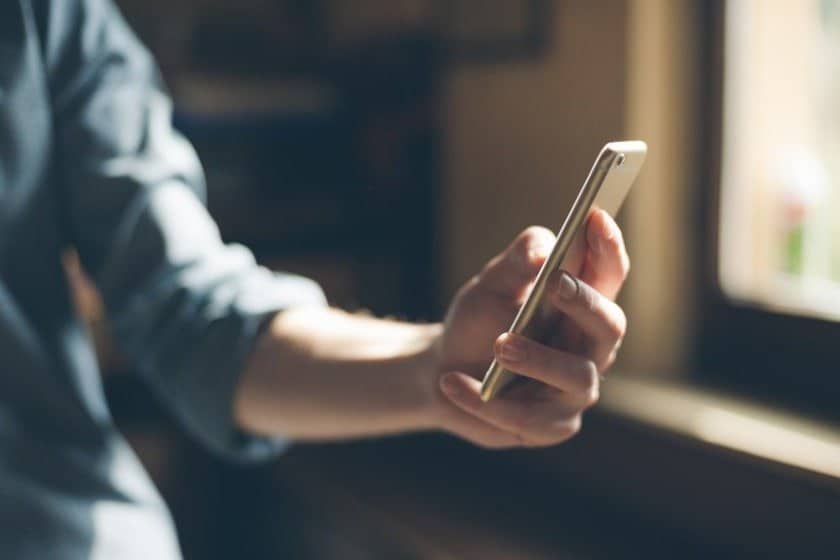
- Use proper citation and reference guidelines.
If you do not know where something came from, ask someone who does
- Be sure that what you post is your own original content.
Do make sure that all of your posts are original and not copied.
Do not use other people’s work as a source, especially without credits.
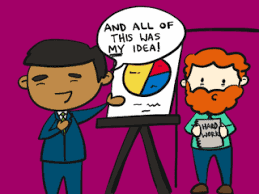
- Avoid copying other people’s text or ideas in order to improve them (this is called “plagiarism”).
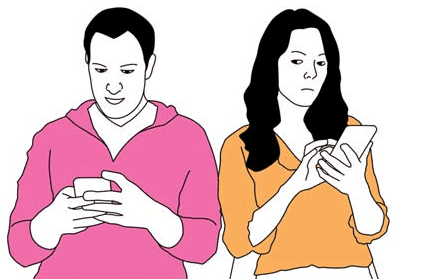
- When posting stories, make sure they are clearly labeled as “opinion” or “personal experience” instead of straight facts or news stories others have reported.

Here is a list of general rules and SOPs for good internet ethics for social media users:
- Internet usage should be done morally.
- Always adhere to the rules and laws governing copyright.
- Never steal someone else’s information using computers.
- Accessing files without the owner’s consent is prohibited.
- Do not put other users in danger when using your computer.
- Never use another user’s computer without his/her permission.
- Respect the privacy rights of others, just as you would want them to respect yours.
- Software that has copyright cannot be copied without the author’s consent.
As long as you follow the rules of internet etiquette, any user can stay secure online.
Guide on how to avoid plagiarism on social media?
The act of using another person’s work without giving credit to the author (in this case, in an article, letter, review, essay, blog, etc.) is known as plagiarism.
It is not always advisable to paraphrase entire blogs and other pieces of content, even though doing so can save you time and improve the wording when you are having trouble converting the text.
The originality of the work is checked using plagiarism detectors in universities, schools, and other institutions.
These tools can invalidate or block a particular work and bring legal action against the violator.
Also, using report options on platforms like Google or Facebook can bring legal action against the violator.
Because Google has a policy against plagiarism, you will be prohibited from using the website if you use someone else’s work and claim it as your own.
So, to avoid plagiarism on social media, you can use a plagiarism tool, and afterward, you can carefully read and follow the content guidelines that are provided by Google.
